KevinDks
TPF Noob!
- Joined
- Jul 9, 2007
- Messages
- 158
- Reaction score
- 0
- Location
- Burley, Hampshire
- Can others edit my Photos
- Photos OK to edit
Dear all
I have quite a large collection of medium format negatives, all black and white, quite a few thousand images in total.
There are just too many to scan every one, but I need to start digitising them somehow, because a few of the oldest ones are starting to deteriorate with evidence of acid corrosion and bubbling which is found in some acetate films of their age. I've ordered an Epson V700 which I will use for the very best images, but for the rest and for proofing I want to use a dSLR on a copy stand, so I can photograph the negs on a lightbox.
I've done this with a compact digital camera and it was OK, but with a dSLR and a copy stand I think I can get files good enough to print to 8 x 10 or so. The question that I have is about lenses - assuming a Nikon DX camera, what focal length of macro lens should I be looking for? The negs are almost all 6x6cm. Has anyone got actual experience of doing this with a macro lens (or even with macro filters, although I doubt I could get the quality that a sharp 6x6 deserves)?
Any other ideas on the copying process would be appreciated too.
Many thanks
Kevin
I have quite a large collection of medium format negatives, all black and white, quite a few thousand images in total.
There are just too many to scan every one, but I need to start digitising them somehow, because a few of the oldest ones are starting to deteriorate with evidence of acid corrosion and bubbling which is found in some acetate films of their age. I've ordered an Epson V700 which I will use for the very best images, but for the rest and for proofing I want to use a dSLR on a copy stand, so I can photograph the negs on a lightbox.
I've done this with a compact digital camera and it was OK, but with a dSLR and a copy stand I think I can get files good enough to print to 8 x 10 or so. The question that I have is about lenses - assuming a Nikon DX camera, what focal length of macro lens should I be looking for? The negs are almost all 6x6cm. Has anyone got actual experience of doing this with a macro lens (or even with macro filters, although I doubt I could get the quality that a sharp 6x6 deserves)?
Any other ideas on the copying process would be appreciated too.
Many thanks
Kevin


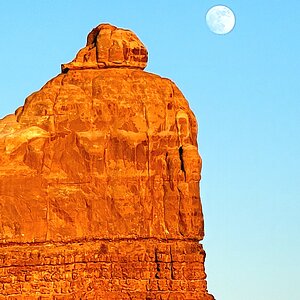
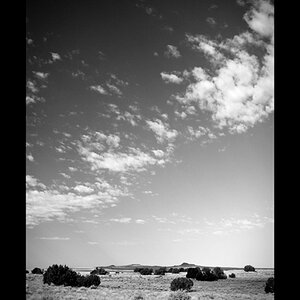
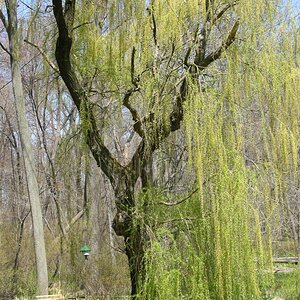
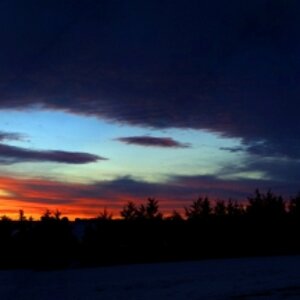
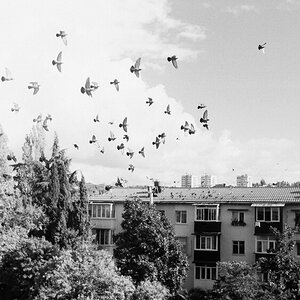
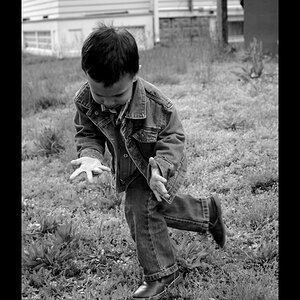
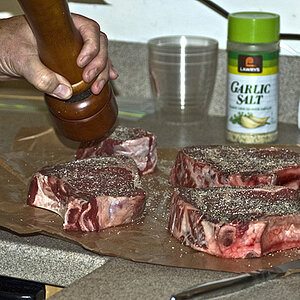
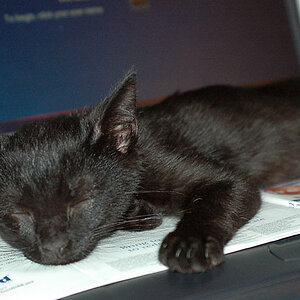
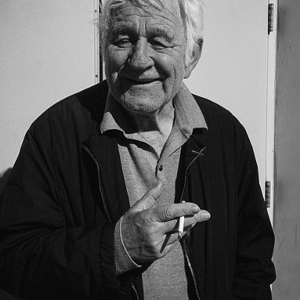
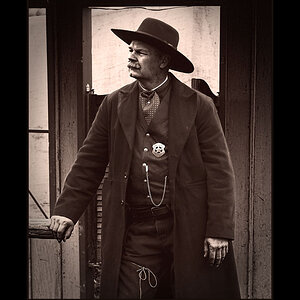
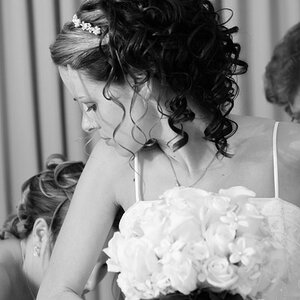
![[No title]](/data/xfmg/thumbnail/42/42465-64dd69400e2bfaf59e558c3d8c934271.jpg?1619740192)